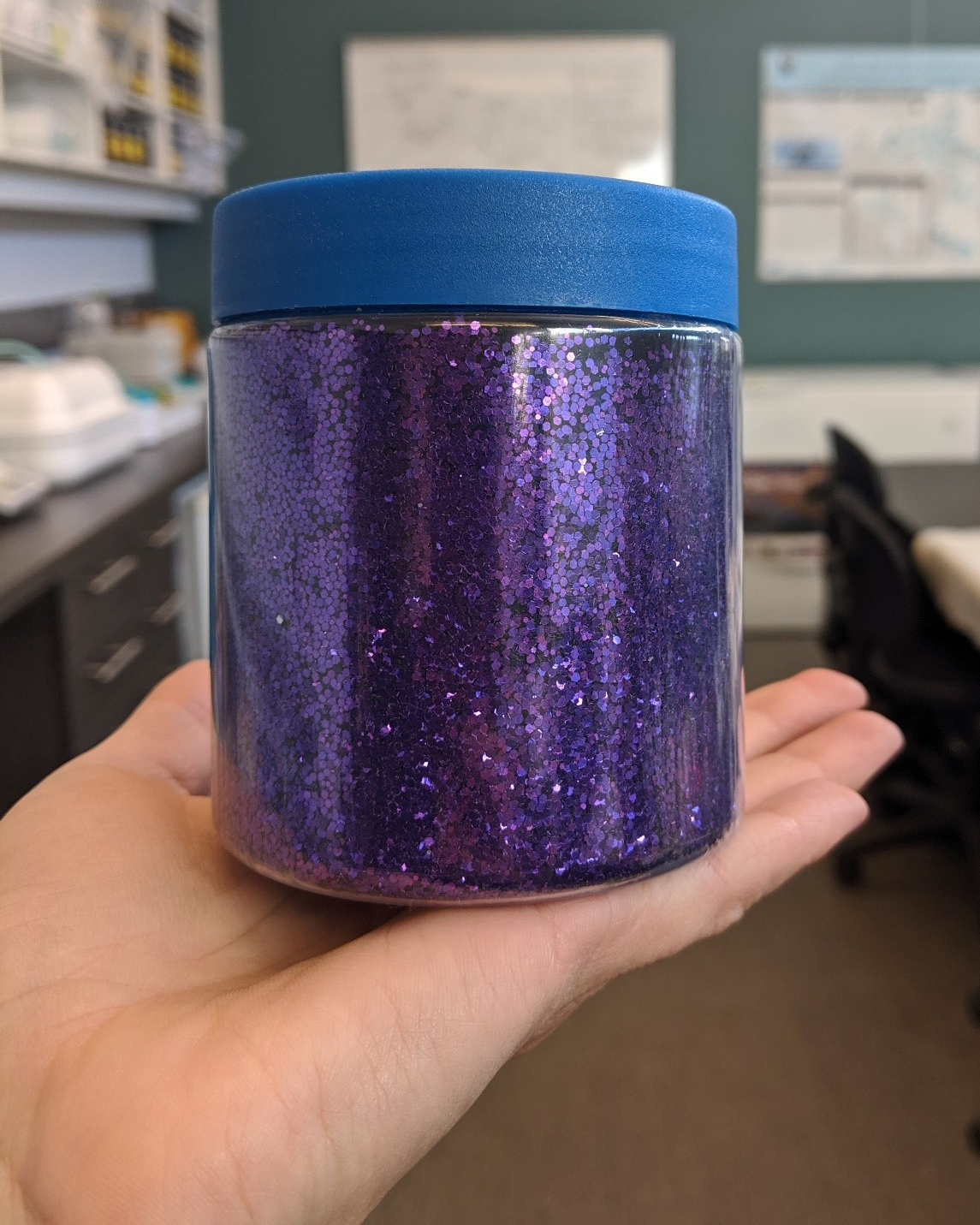Here at Assiniboine Park Zoo, the polar bears in our care assist in scientific research simply by pooping!
Animal droppings (also known as poop or scat!) can tell us a lot about an animal without ever needing to touch them or see them in person.
Animal poop leaves behind a wealth of information, including what type of animal it came from, where it has been, what it has eaten, what diseases and parasites it might have, and if that animal has experienced recent stress or even if it’s pregnant! The last two examples are things we can learn by analyzing the hormones in the poop sample.
How Do We Learn From Poop?
Here at Assiniboine Park Zoo, we have the unique opportunity to learn about the polar bears we have in our care in a controlled environment. We have been collecting poop samples from our polar bears for many years as part of studies led by our Conservation and Research team, and collaborations led by other zoos in North America (like the Cincinnati Zoo).
Most of these studies have been looking at fecal glucocorticoid metabolites (a fancy term for what many of us know as stress hormones) and sex hormones like progesterone and estrogen. These studies help us improve the welfare of polar bears in our care and contribute to our understanding of wild bears.
Whose Poop Is Whose?
When looking at these hormones, we need to track individual bears. While we know that the poop in the polar habitat at the Zoo came from a polar bear, we also need to identify whose poop is whose as many of our bears live together in one habitat.
To help us ensure we know which poop sample belongs to which bear, we use a fecal marker. In our case, this is non-toxic craft glitter! Yes, you read that right - We feed our polar bears a small amount of glitter in specific colours! Each bear gets a different colour of glitter so we can tell their poop apart. For example, Aurora is assigned purple glitter and Willow gets multicoloured glitter.
We mix the glitter into their regular food which passes safely through their digestive tract. This results in a glittery poop sample that lets us know who left it behind!

Photo: non-toxic glitter. Purple is Aurora's colour!

Photo: glitter meatballs
What Do We Do With The Glittery Poop?
Fecal samples are collected regularly by our animal care staff and promptly put in a freezer. From there we send the samples to a reproductive endocrinology lab for further analysis. This very complex analysis will result in a hormone profile created for each bear which we can use to better understand what that bear has experienced and what milestones they’ve reached as they grow.
So next time you see something shiny at our Journey to Churchill exhibit, you just might be looking at poop being used for science!




